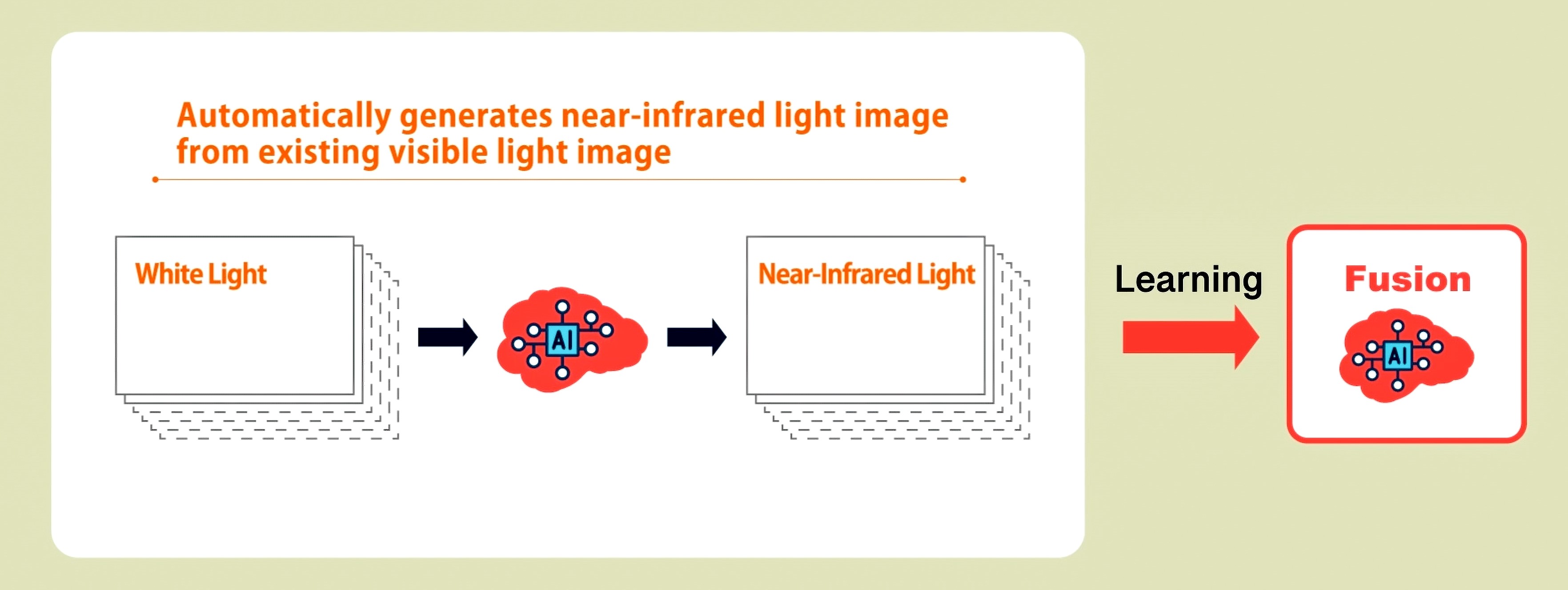Night Riders: Innovations in Automotive Night Vision

When we’re driving at night, what we see—and how quickly we see it—can spell the difference between a safe trip and a tragic accident. Discover the technology behind automotive night vision systems that make roads safer for everyone.
No matter how sharp a driver’s skills may be, driving at night can be dangerous. Given the human eye’s limitations, the automotive industry is constantly developing ways to make driving safer for passengers, drivers, and pedestrians. In this article, we dive into the basics of automotive night vision technology—and shed light on a world-first innovation from Kyocera, a Japanese electronics manufacturer.
All about automotive night vision systems
When you’re behind the wheel, darkness is not your friend. You’ve got a lot to watch out for: other vehicles, a stray animal, a cyclist, or a jogger. Poor lighting conditions make it harder to see and avoid obstacles on the road.
According to the National Safety Council, a nonprofit organization that advocates for health and safety in the United States, 50% of traffic fatalities happen at night—despite Americans doing only 25% of their driving in the evening.
(Also read: ADAS: Automotive Safety Technology in Your Hands)
Automotive night vision technology helps drivers see better in low-light conditions, increasing situational awareness so they can see objects, animals, and people in advance to avoid accidents. Automotive night vision systems use infrared lights, thermographic cameras, and heads-up displays to help drivers know what’s beyond the vehicle headlights.
(Also read: 360° Vehicle Cameras: A Vision of Safety Made Real)
There are two categories for automotive night vision systems: passive and active. Passive night vision uses thermographic cameras which detect heat energy from animals, people, and objects on the road. Meanwhile, active night vision uses infrared light and image enhancement technology to project a brighter scene.
Both categories have their pros and cons. Passive night vision systems have a longer viewing range of 300 meters but show a simpler image than active night vision systems. Since passive night vision “sees” heat, it’s harder for passive systems to detect inanimate objects, such as rocks or barriers, which may have the same temperature as the road and surrounding environment. In addition, passive systems become less reliable in warmer climates.
Active night vision systems produce a high-resolution image but have a shorter viewing range of 250 meters. In extreme weather conditions such as snow, rain, or fog, it is more difficult for these systems to distinguish rain or snow from the surrounding environment.
(Also read: Better Sensors for All-Weather Smart Cars)
Most traditional headlights can only illuminate objects that are around 55 meters away from the vehicle. With a viewing range of 250 to 300 meters, automotive night vision systems give you more time to see and react to what’s ahead of you so you can avoid collisions and fatalities.
In 2000, General Motors launched the world’s first automotive night vision system on the Cadillac DeVille. More than two decades later, Japanese electronics manufacturer Kyocera is claiming a world-first for automotive night vision technology: a laser headlight that can emit both white (RGB) and near-infrared (NIR) light on the same optical axis.
Lights, action, and AI
Kyocera's automotive night vision system combines white and near-infrared light on a single optical axis, which eliminates image parallax and enables more accurate object detection compared to other technologies. This integrated headlight is also composed of an extremely bright, high-efficiency, miniaturized GaN laser.
To prevent glare for oncoming drivers, the system has an automatic “beam shaping” function the RGB and NIR light. This function automatically switches the visible light to a low-beam angle while letting the NIR light stay in high-beam mode.

Image from Kyocera
The system includes a vehicle-mounted RGB-NIR sensor that uses proprietary fusion recognition AI technology developed by the company. Instead of combining image data from two sources, Kyocera’s system uses qualitative AI to compare and analyze both RGB and NIR images, enabling the system to distinguish between vehicles and pedestrians with high accuracy, even in conditions with poor visibility.

Image from Kyocera
Conventional training methods for AI models require collecting vast amounts of NIR training data, which can be a time-consuming and expensive process. In contrast, Kyocera AI technology automatically generates training data for more cost-effective learning and product development. This method can significantly reduce training costs while ensuring high accuracy in object recognition.

Image from Kyocera
Kyocera is targeting 2027 for the commercialization of its night vision system. The company also plans to expand the use of this system to traffic-monitoring infrastructure technologies for accident prevention, factory deliveries, and nighttime security systems.
Learn more about Kyocera’s AI night vision system in this video.
As the sixth-largest EMS provider in the global automotive market, IMI is an end-to-end solutions partner for major tier-1 players in the automotive industry. Our capabilities include the custom design, prototype development, and mass production of automotive cameras. Learn more about our camera vision technology here.
As one of the Top 19 EMS companies in the world, IMI has over 40 years of experience in providing electronics manufacturing and technology solutions.
We are ready to support your business on a global scale.
Our proven technical expertise, worldwide reach, and vast experience in high-growth and emerging markets make us the ideal global manufacturing solutions partner.
Let's work together to build our future today.




